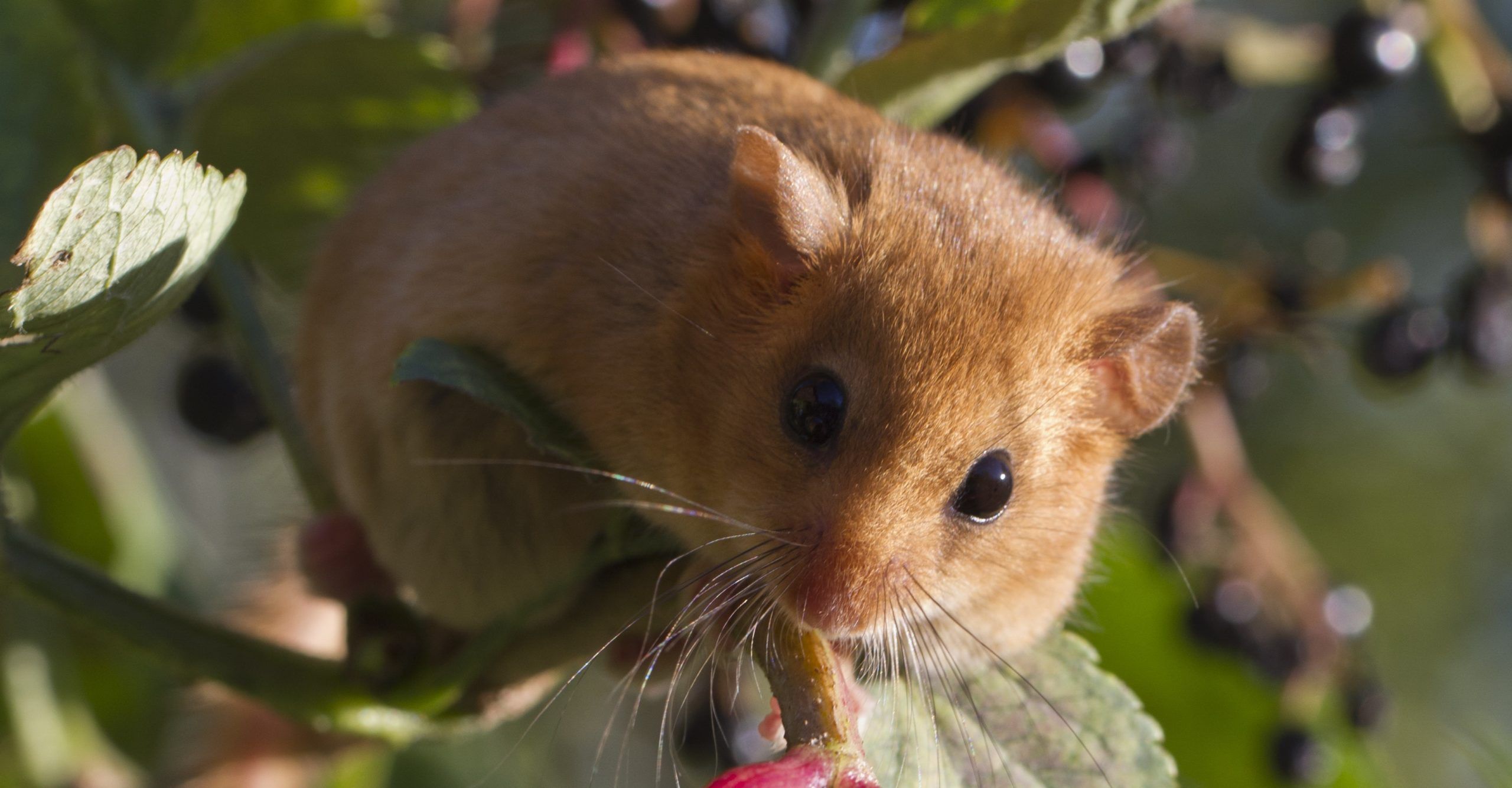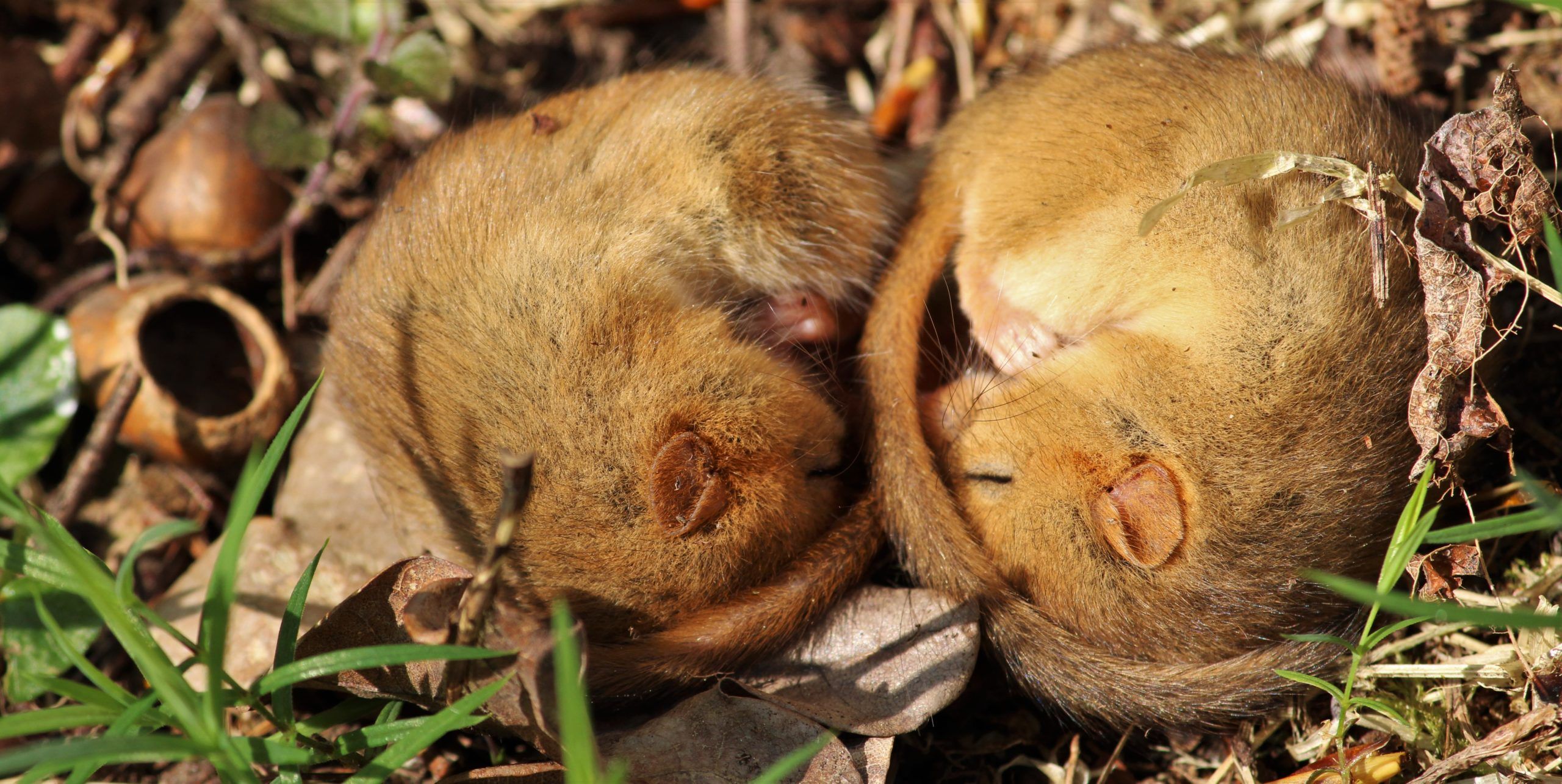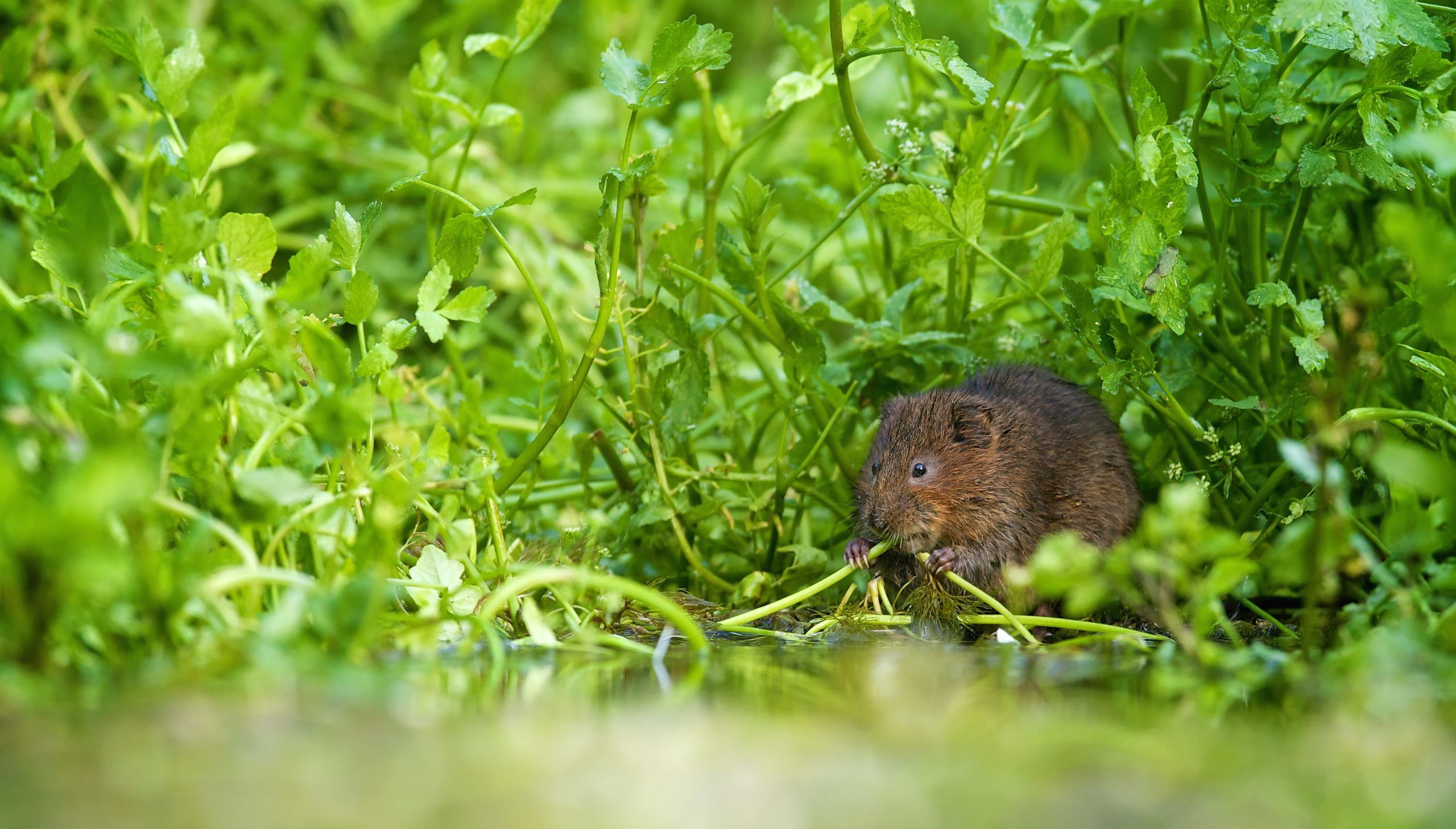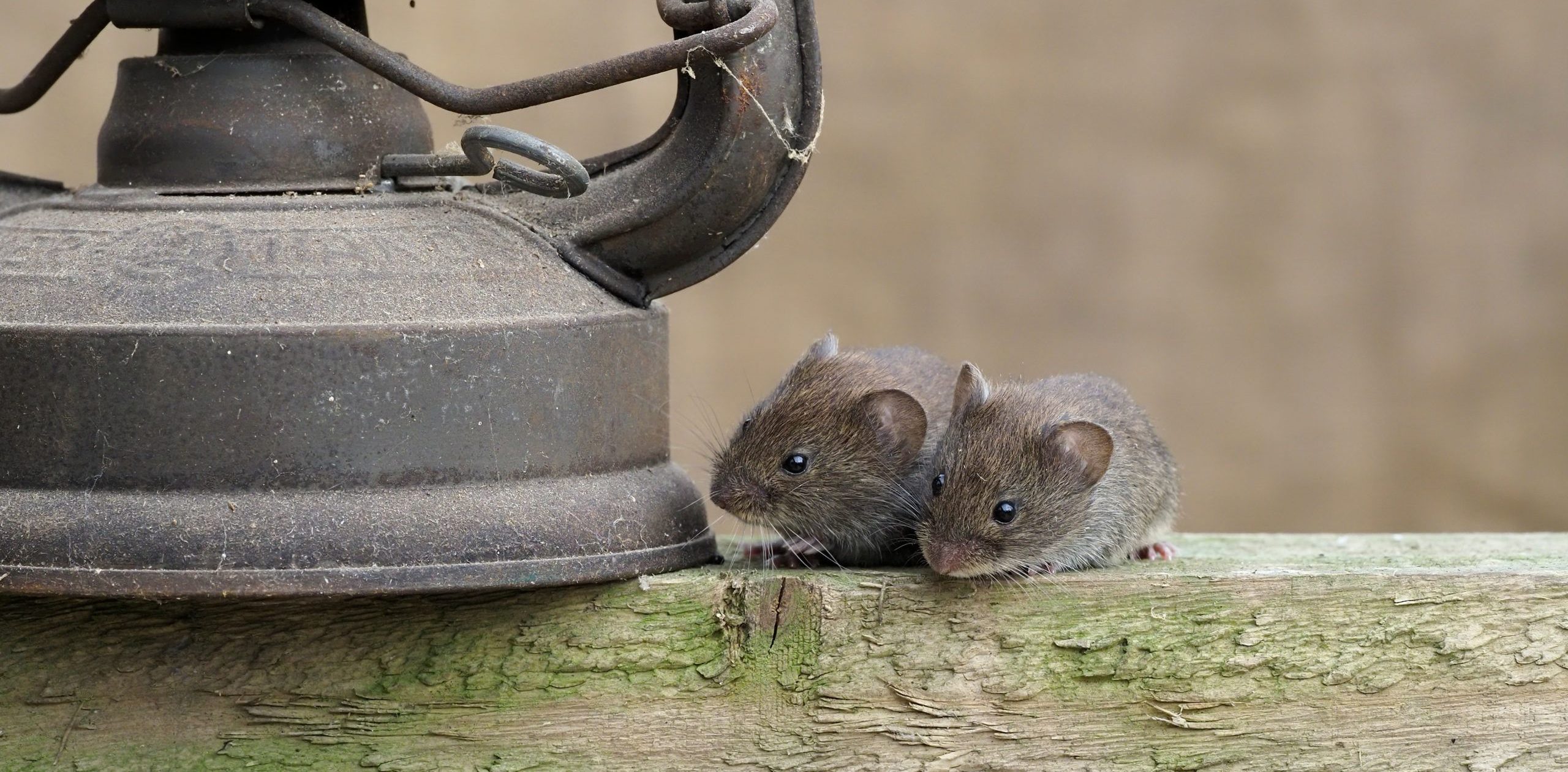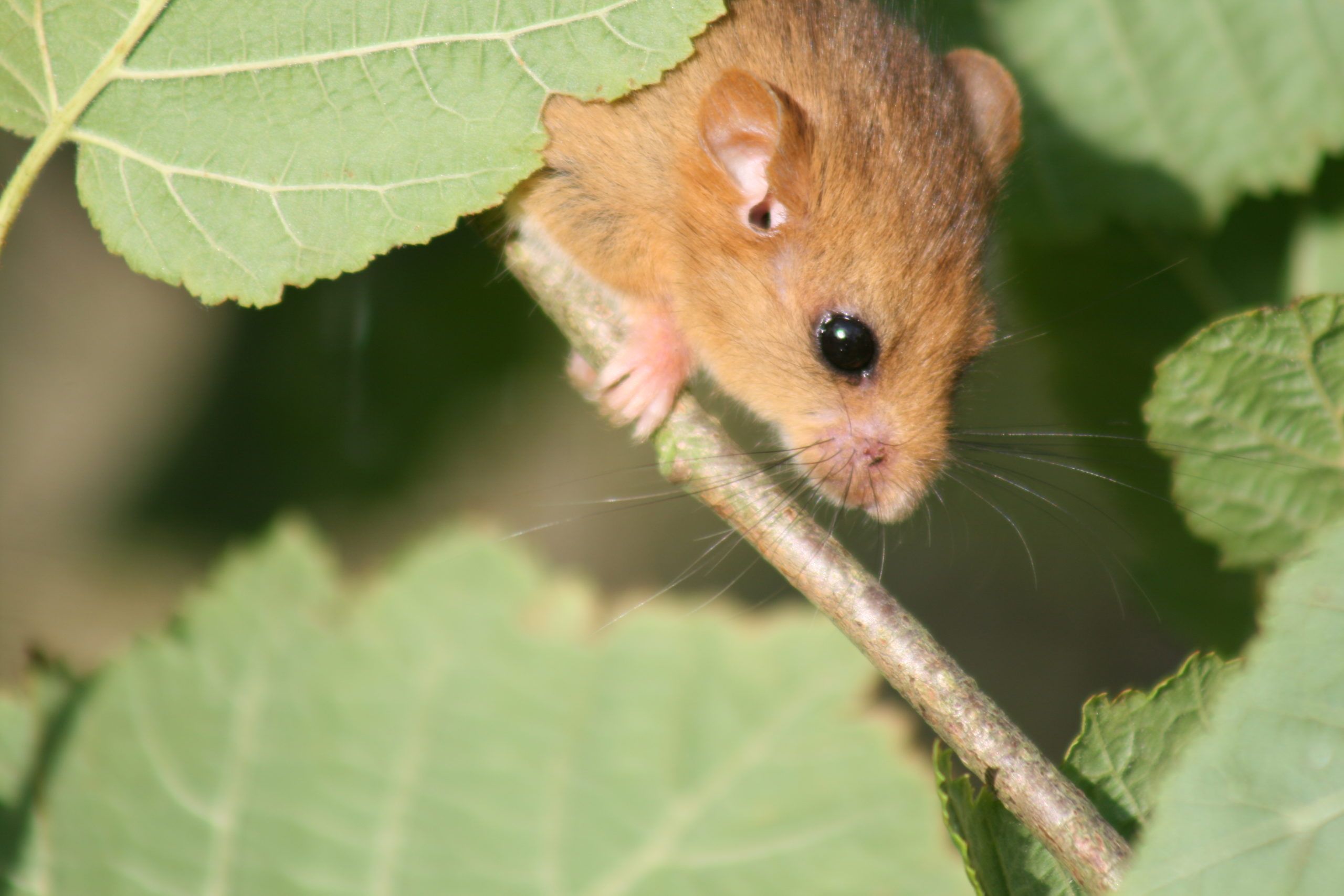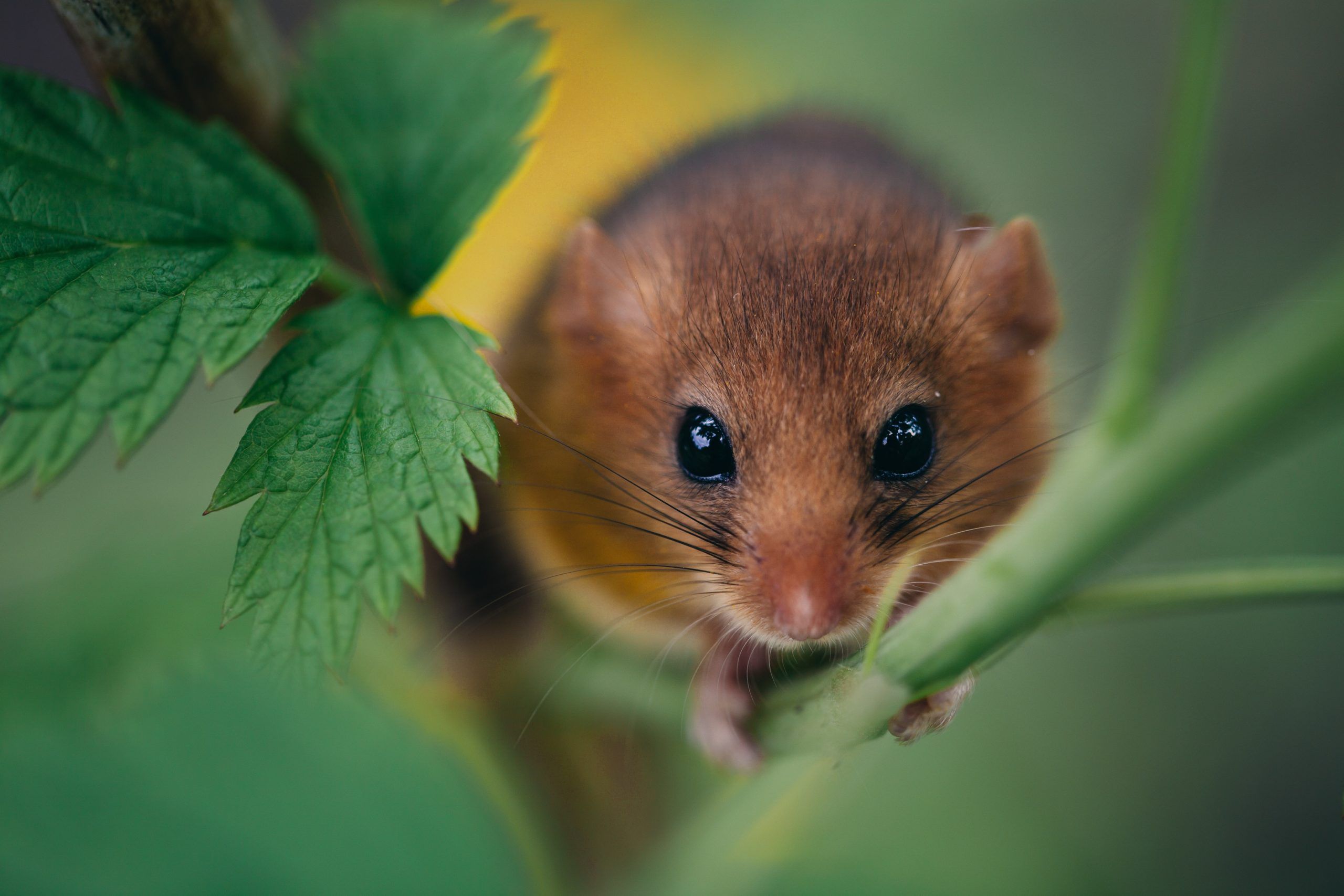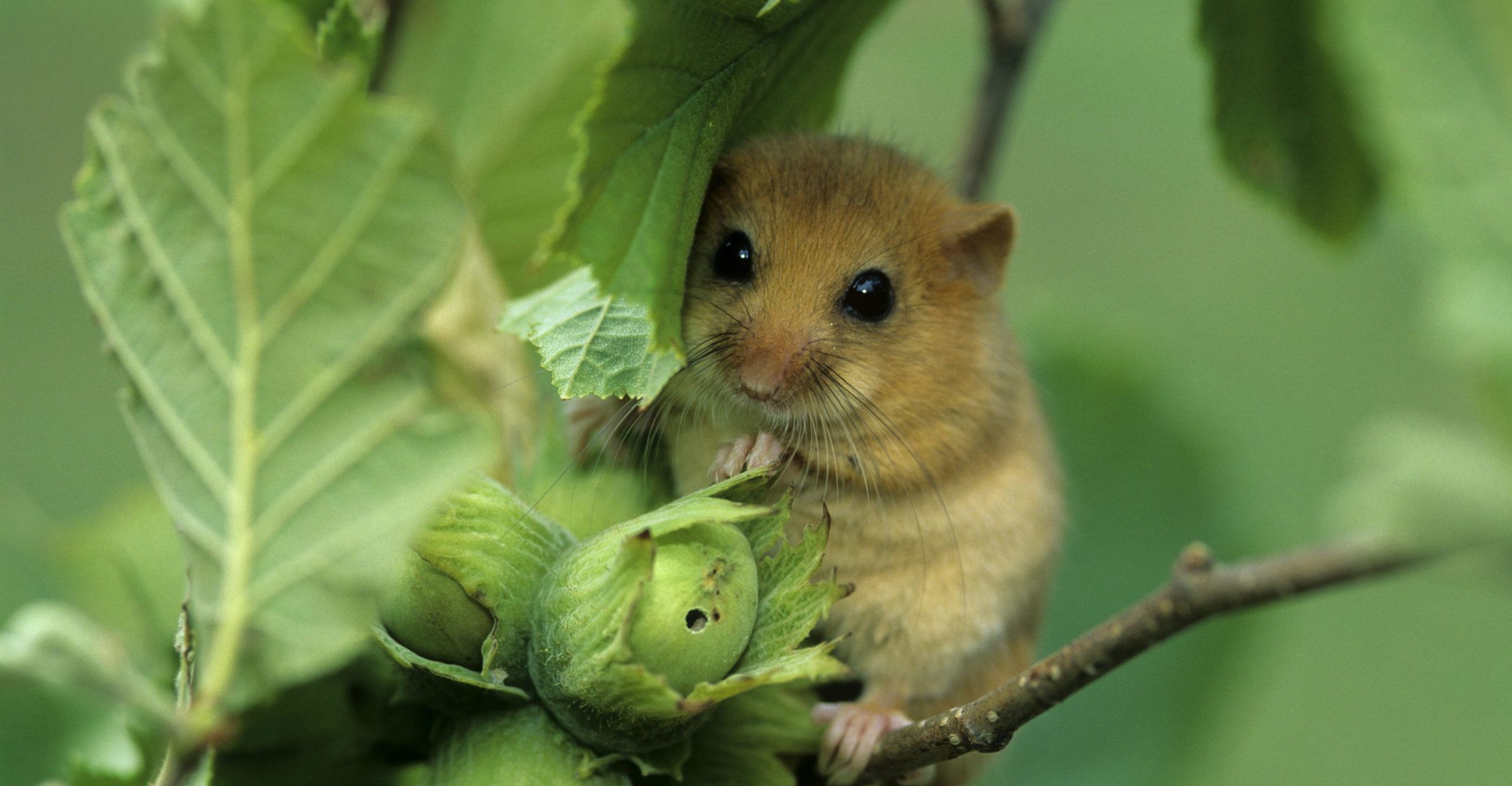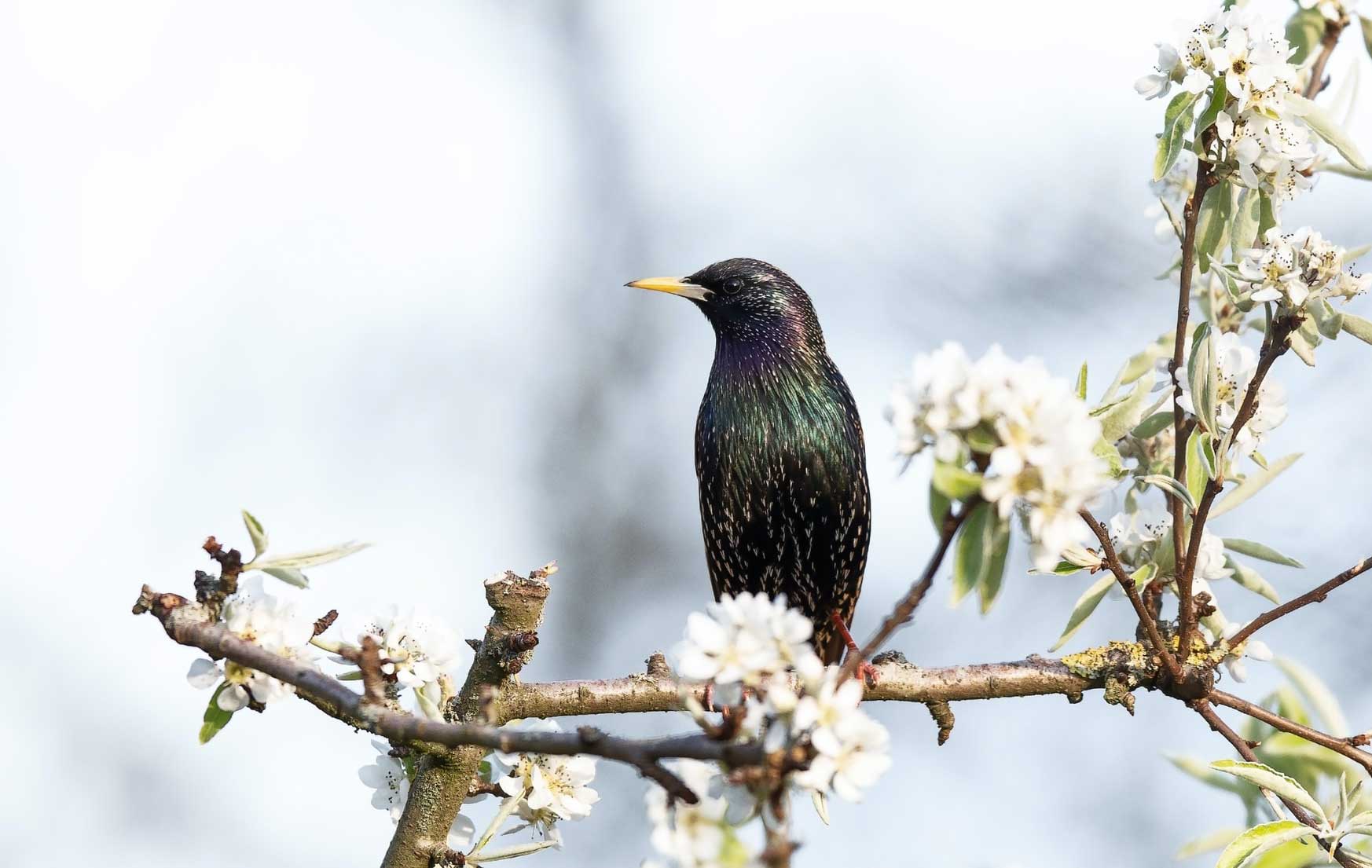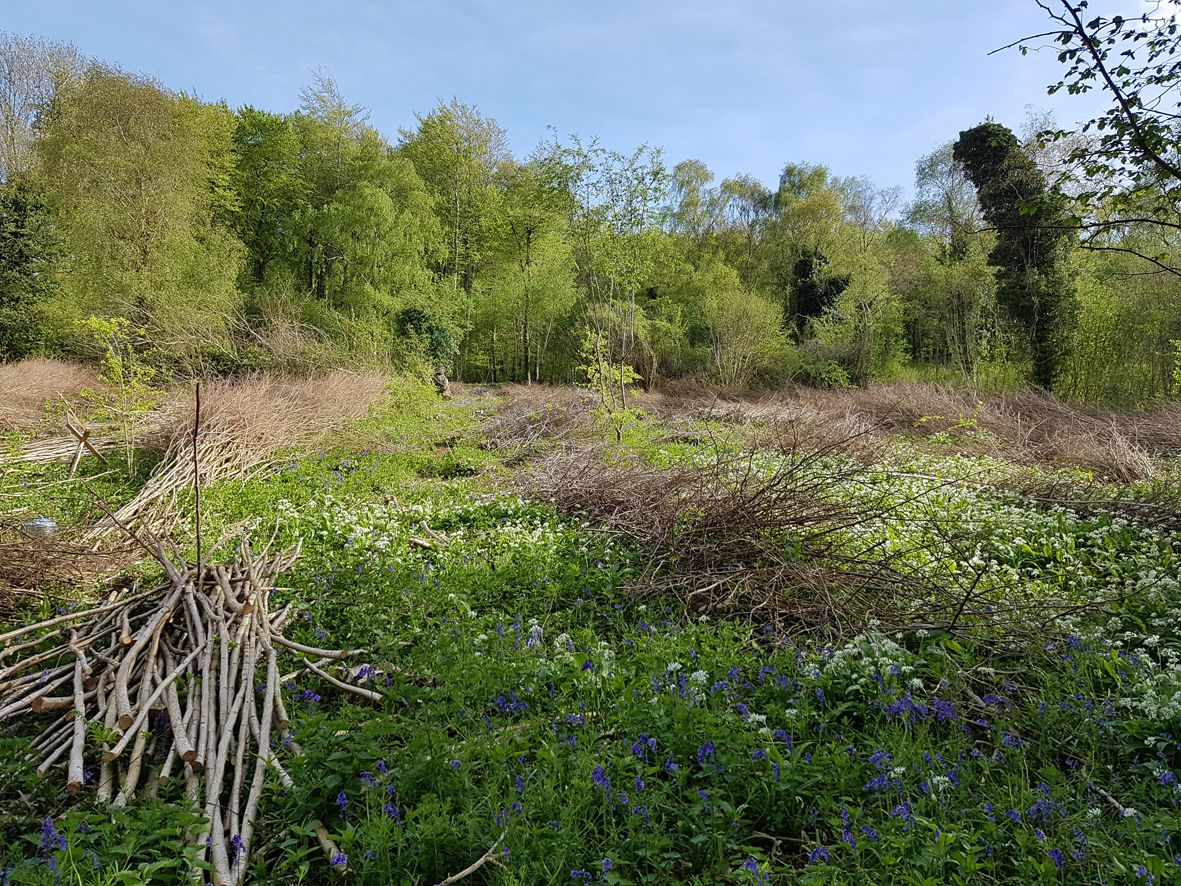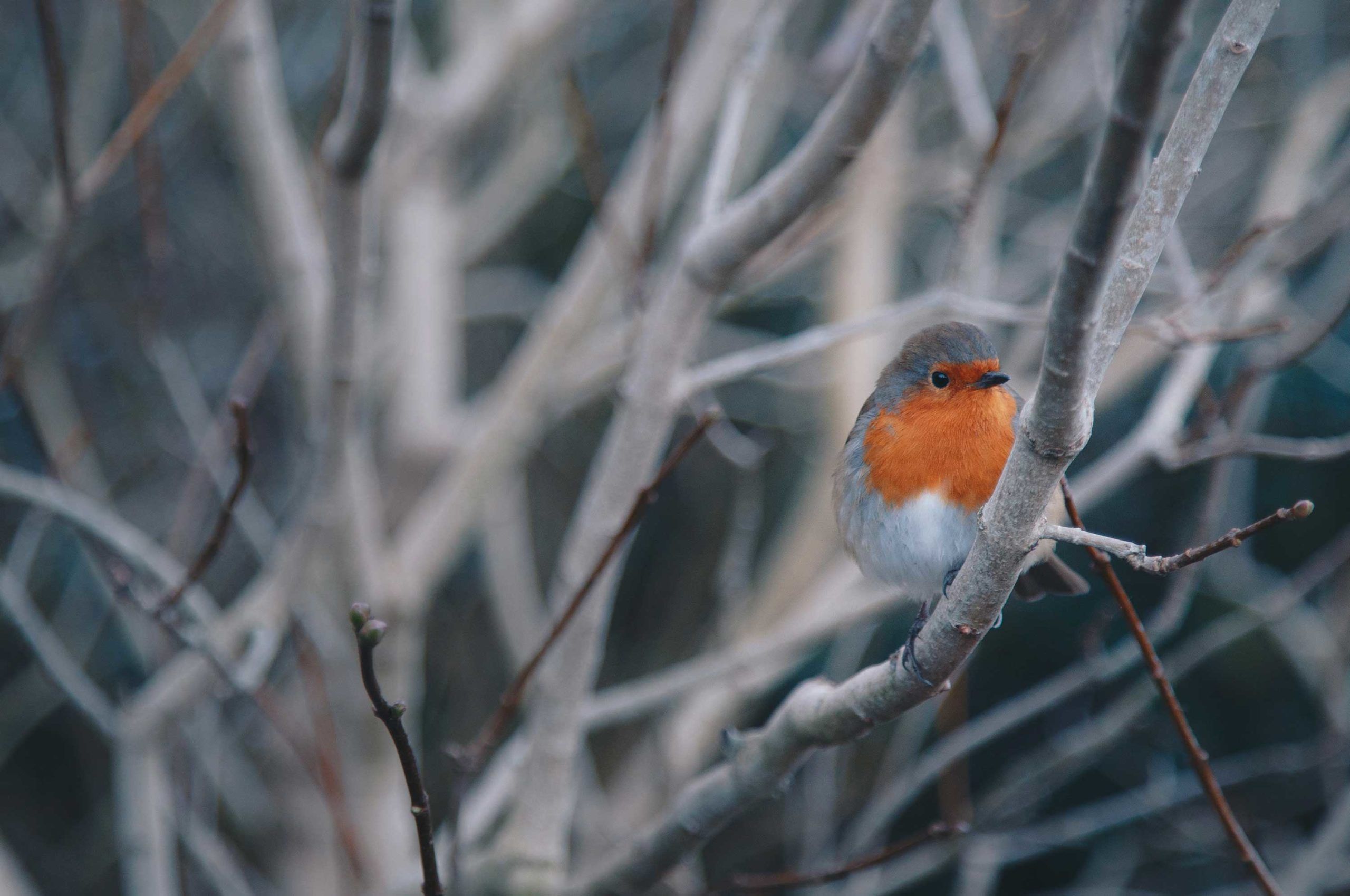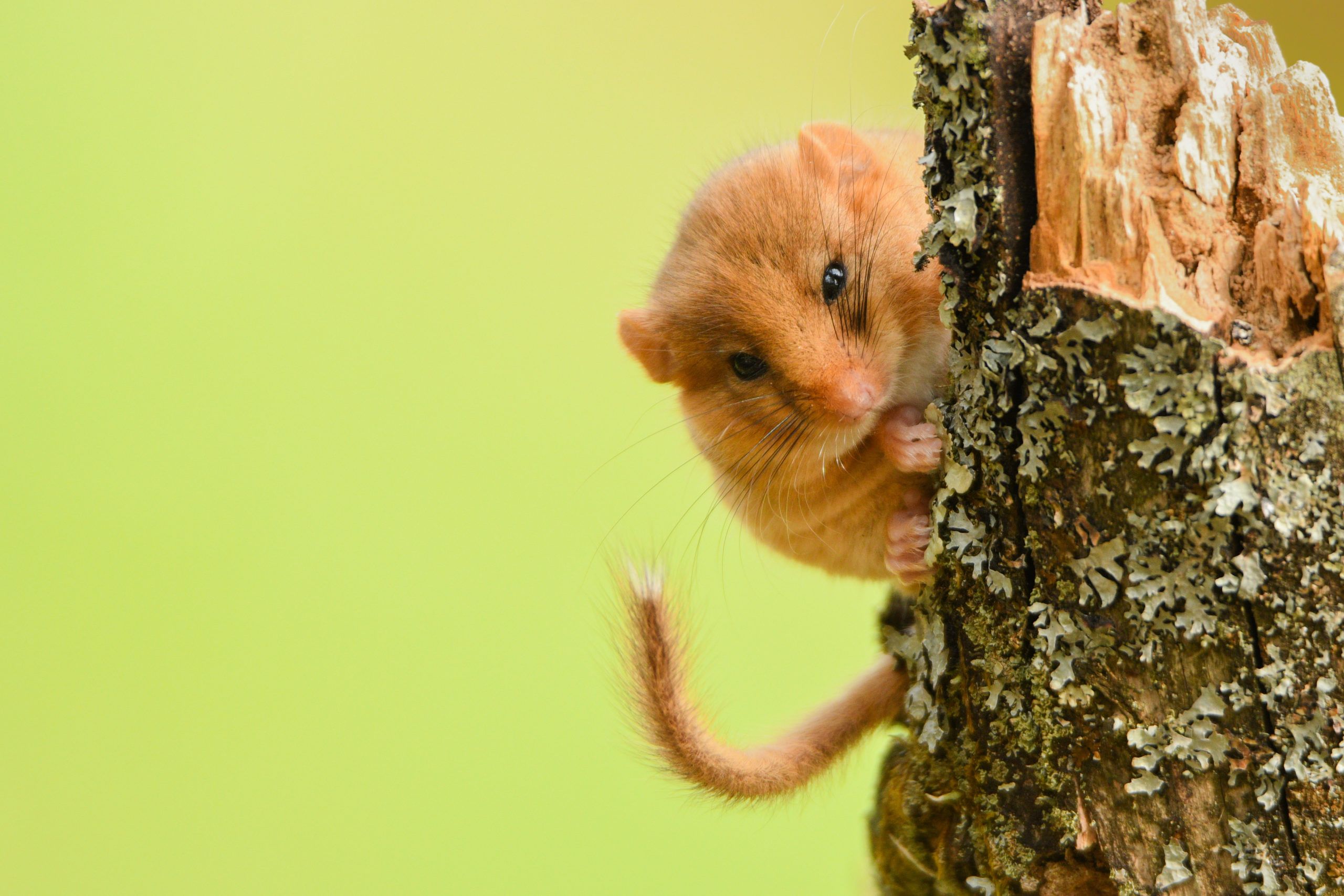Guest authors
Search by topic
All organisms shed DNA into the environment. Sources of DNA include mucus, hair or fur, skin, urine and faeces. This environmental DNA, or eDNA, can be extracted from samples taken in the wild (usually soil or water) and used to detect different species, measure biodiversity, and even look at the abundance of different animals. It’s …
Read article...A project at Fingle Woods A woodland conservation scheme that PTES is funding in partnership with the Heritage Lottery Fund is making new discoveries about how dormice colonise recovering habitat. The project is located in Fingle Woods, a site jointly owned by the National Trust and Woodland Trust, in the north of Dartmoor in Devon. …
Read article...Isabel Fry has been out surveying water voles as part of the National Water Vole Monitoring Programme, which PTES runs every year. Find out more about the programme and get involved here. Found along our waterways, water voles are similar-looking to the brown rat, but with a blunt nose, small ears and furry tail. Sadly, …
Read article...It’s that time of year again when spring is upon us. The birds are singing in the trees, the bees are buzzing in the meadows and all around us there are many species of mammal that are performing courtship displays, some of which are very intricate and surprising. I’m sure we’ve all seen squirrels chasing …
Read article...Hazel dormice build different nests for different purposes: hibernating, breeding or just resting. Sometimes they don’t build a nest at all. But the different types of nests they do build might help us work out how much time dormice spend in different habitats. As part of my work at Fingle Woods, owned by the Woodland …
Read article...Voles, rats, shrews, mice, and hazel dormice can be difficult to study. Their size and behaviour make them hard to find and, living predominantly in the shrub layer and being nocturnal, makes hazel dormice even more tricky. Occasionally though, these small creatures give themselves away by their vocalisations. Whilst we may hear an indistinguishable high-pitched …
Read article...You might stumble upon a slightly frazzled looking person in a tatty woolly hat and a big purple jacket held together in places by duct tape. She may well be muttering to herself as she walks, very slowly, up and down between two lines of tape. At first glance, she appears to be metal-detecting – …
Read article...Ian Powell and the Arun Countryside Trust Few people know the woods on Tortington Common in West Sussex as well as Ian Powell. A local man, interested in natural history, he has lived his life with a passion for conserving the ancient woodlands of the Arun Valley. For two decades Ian, the principal dormouse monitor …
Read article...Birdsong can play a crucial role in tackling post lockdown re-entry anxiety this spring. Though experts warn over 90% of some songbird species have disappeared from the UK, partly due to urbanisation destroying habitats. Birdsong is set to play a crucial role this spring in tackling ‘re-entry anxiety’, which is predicted to become more common …
Read article...Pete Etheridge writes about the importance of coppicing for woodland conservation and biodiversity. A decline in coppicing Coppicing has been practised in the UK for hundreds (if not thousands) of years. In 1905 (decades after the peak in coppicing activity), it was estimated that there was somewhere in the region of 230,000 ha of actively …
Read article...Robin Redbreast – the UK’s ‘national bird’ – is under threat, and wildlife experts are encouraging the public to support robins and other native birds in their gardens this winter. There’s warning of a ‘perfect storm’ for winter birds this December, with reports of a La Nina event set to cause harsh cold spells alongside …
Read article...Lorna Griffiths, from the Nottinghamshire Dormice Group (NDG), describes how the dormice in her county are delighting the group members. In 2016 I wrote an article for The Dormouse Monitor about the hazel dormouse releases in Nottinghamshire. Since then, the Nottinghamshire Dormouse Project, which focuses on the three reintroductions, Treswell Wood (2013), Eaton Wood (2014) …
Read article...
